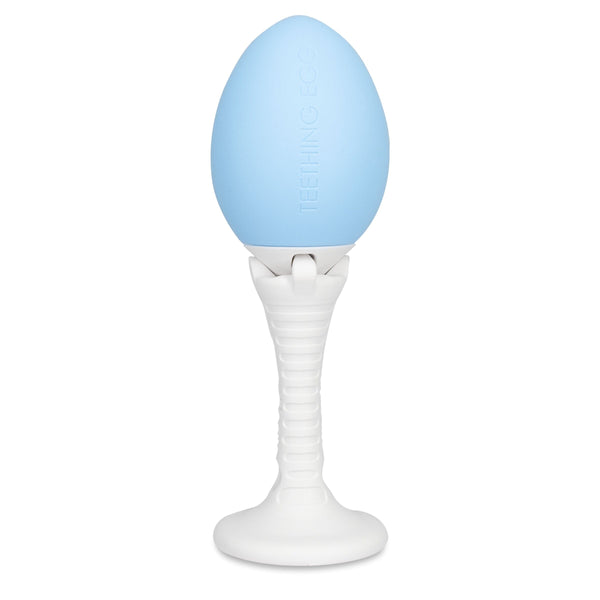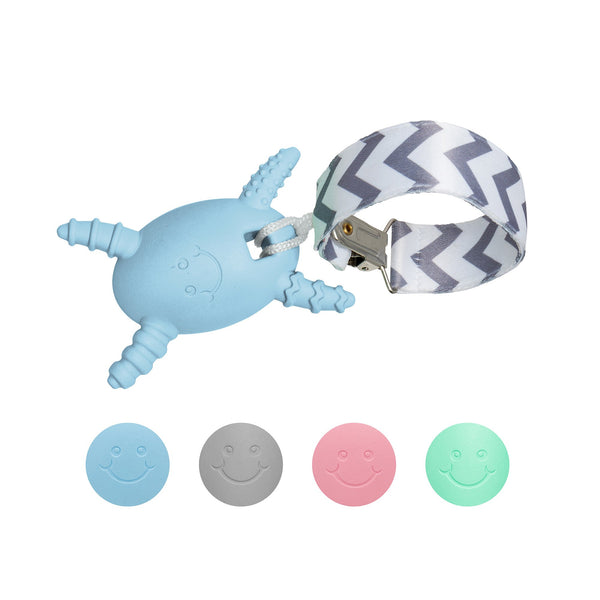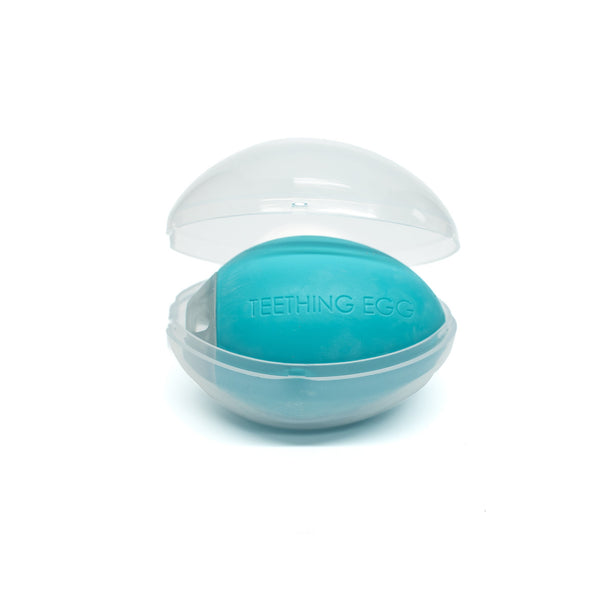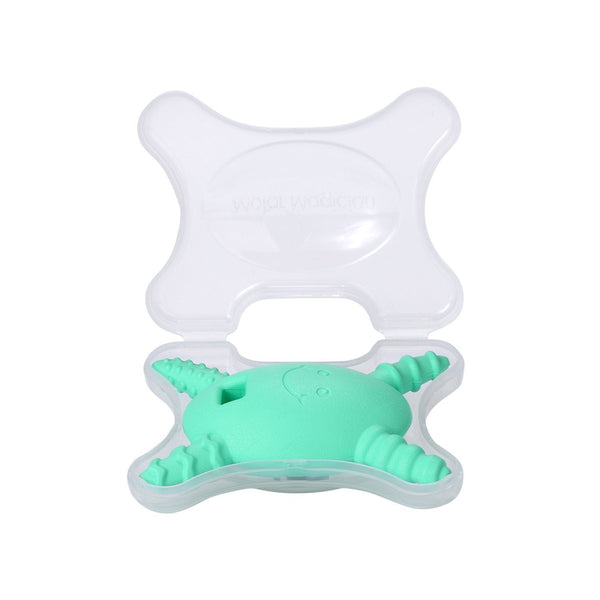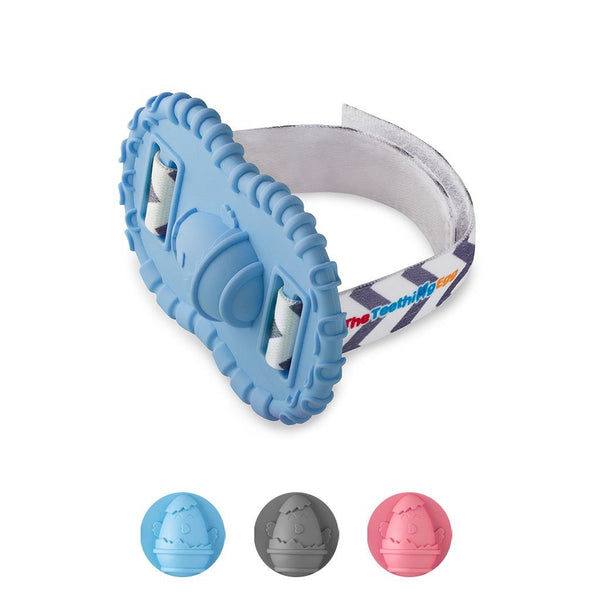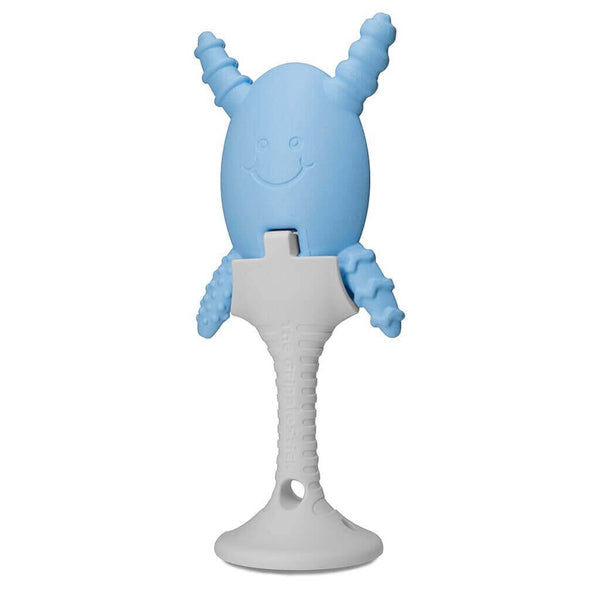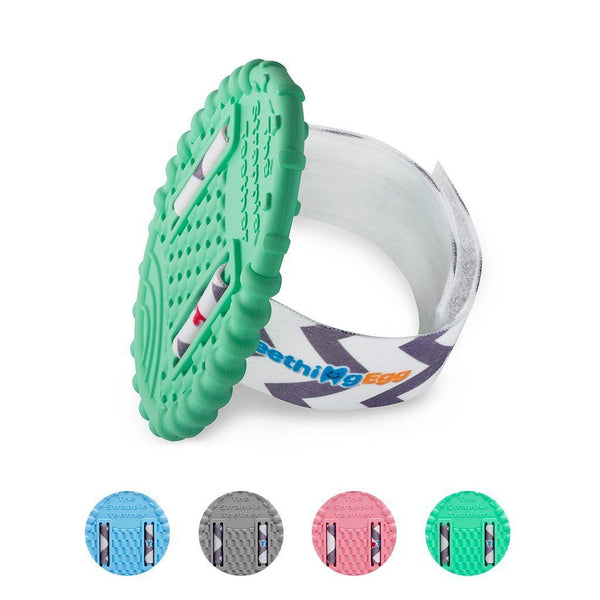The journey of weaning is a significant milestone in a baby's life, marking the transition from exclusive breastfeeding or formula feeding to the introduction of solid foods. It is a process that encompasses not only the physical development of a child but also the emotional and practical aspects of parenting. Weaning is a complex and rewarding journey that involves patience, care, and attention to safety. In this article, we will explore what weaning is, what to expect during the weaning process, the importance of safety measures, and how weaning may coincide with a baby's teething journey.
What is Weaning?
Weaning, in the context of infant feeding, refers to the gradual introduction of complementary foods into a baby's diet alongside breast milk or formula. It marks the transition from a liquid-based diet to one that includes solid foods. This process typically begins around six months of age when a baby's nutritional needs start to outgrow the capabilities of breast milk or formula alone.
Weaning is an essential step in a baby's development for several reasons:
1. Nutritional Needs: As a baby grows, their nutritional requirements change. Solid foods provide essential nutrients such as iron, zinc, and vitamins that may be lacking in breast milk or formula alone.
2. Development: Introducing solids encourages a baby to develop essential oral motor skills, including chewing and swallowing, which are crucial for speech development.
3. Independence: Weaning allows a baby to explore new tastes and textures, fostering a sense of independence and curiosity about food. Allowing your baby to feed themselves develops hand eye coordination and fine motor skills. The use of baby friendly cutlery that is easy to grip is incredibly important in boosting baby’s confidence during the weaning journey.
4. Preparation for Family Meals: Weaning prepares a baby to join family meals and eat the same foods as the rest of the family, promoting socialization and healthy eating habits.
What to Expect When Weaning a Baby
Weaning is a gradual process that typically takes several months, and it can vary from one child to another. Here's what you can expect during the weaning journey:
1. Introduction of Solids: Begin by introducing single-ingredient, iron-rich foods, such as rice cereal or pureed vegetables, one at a time. This helps you identify any potential allergies or sensitivities.
2. Gradual Progression: Over time, introduce a variety of foods and textures, including mashed fruits, vegetables, meats, and eventually finger foods.
3. Breastfeeding or Formula Feeding Continues: While you introduce solids, continue breastfeeding or formula feeding as the primary source of nutrition. As your baby eats more solids, their milk intake will naturally decrease.
4. Responsive Feeding: Pay attention to your baby's cues for hunger and fullness. Let them take the lead during meals, and don't force them to eat if they're not interested.
5. Messy Milestones: Be prepared for messes! Weaning can be a messy process as babies explore the sensory experience of food. Invest in bibs, high chair covers, and easy-to-clean dishes.
6. Teething and Weaning: Teething often coincides with the weaning process. Teething can be uncomfortable for babies, so be patient and offer soothing options like teething toys or cold, soft foods.
7. Consistency is Key: Consistency in mealtime routines helps babies develop a sense of predictability and security. Try to establish regular mealtimes and a comfortable feeding environment.
8. Safety Measures: Safety is paramount when introducing solids. Always supervise your baby during meals, and be cautious about choking hazards. Cut food into small, age-appropriate pieces, and avoid hard or small objects.
The Importance of Safety Measures in Weaning
Ensuring the safety of your baby during the weaning process is of utmost importance. Here are some key safety measures to implement:
1. Supervision: Never leave your baby unattended during meals. Babies can easily choke, so it's crucial to be present and attentive.
2. Cut Food Appropriately:Cut solid foods into small, manageable pieces to reduce the risk of choking. Pay attention to food size guidelines for your baby's age.
3. Avoid Choking Hazards:Keep small objects, such as coins, toys, and marbles, out of reach. Babies tend to explore with their mouths, and these items can pose choking hazards.
4. Safe Feeding Equipment: Choose age-appropriate feeding tools and utensils that are designed with safety in mind. Look for utensils with soft, rounded edges and avoid sharp or pointed items.
5. High Chair Safety: Use a secure and stable high chair with safety straps to prevent your baby from falling or slipping out.
6. Temperature Check: Test the temperature of foods to ensure they are not too hot, as this can burn your baby's mouth.
7. Allergen Awareness: Be cautious when introducing potential allergenic foods. Observe your baby for any signs of allergies, such as rash, hives, or difficulty breathing.
8. Hygiene: Maintain good hygiene by washing your hands and cleaning feeding equipment thoroughly to prevent foodborne illnesses.
Teething and Weaning
Teething, the process of a baby's teeth erupting through the gums, can be uncomfortable and may coincide with weaning. Teething usually begins around six months of age, which aligns with the recommended age to start introducing solids. Here's how you can manage both teething and weaning:
1. Teething Relief: Provide your baby with teething toys or chilled teething rings to alleviate discomfort. You can also offer cold, soft foods like yogurt or mashed bananas, as the cold can soothe sore gums.
2. Maintain Oral Hygiene: Continue to care for your baby's dental health even during the teething process. Wipe their gums with a clean, damp cloth and start using a soft, age-appropriate toothbrush when teeth begin to emerge. Using a soft bristled toothbrush like the orthodontic friendly toothie brush may help keep your baby’s teeth in tip top shape while making the teething process easier to manage.
3. Choose the Right Feeding Tools: Opt for feeding utensils and dishes that are gentle on a baby's sensitive gums. Soft, silicone spoons and BPA-free, baby-safe dishes can make mealtimes more comfortable.
4. Nutrition Considerations: Be mindful of the nutritional aspects of teething. Some babies may eat less during teething due to discomfort, so ensure they are still getting the nutrients they need.
The weaning journey of a baby is a significant and exciting milestone in their development. It involves introducing a variety of nutritious foods, fostering independence, and preparing them for a lifetime of healthy eating habits. However, it's crucial to prioritize safety throughout this process, from choosing the right feeding tools to implementing vigilant supervision.
Teething can add an extra layer of complexity to weaning, but with the right strategies, you can navigate both stages effectively. Keep in mind that every baby is unique, so it's essential to tailor your approach to your child's individual needs and preferences. Ultimately, weaning is a time of exploration and discovery for both you and your baby, building the foundation for a lifetime of healthy eating.

